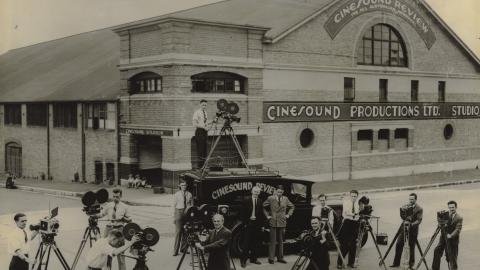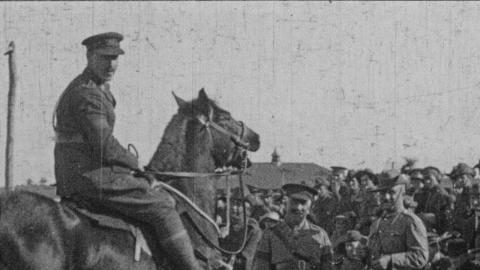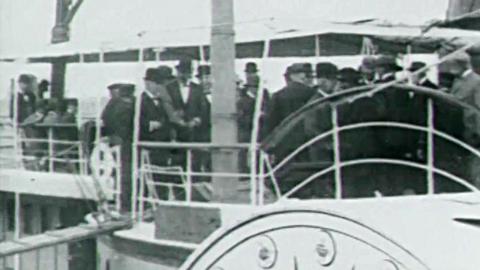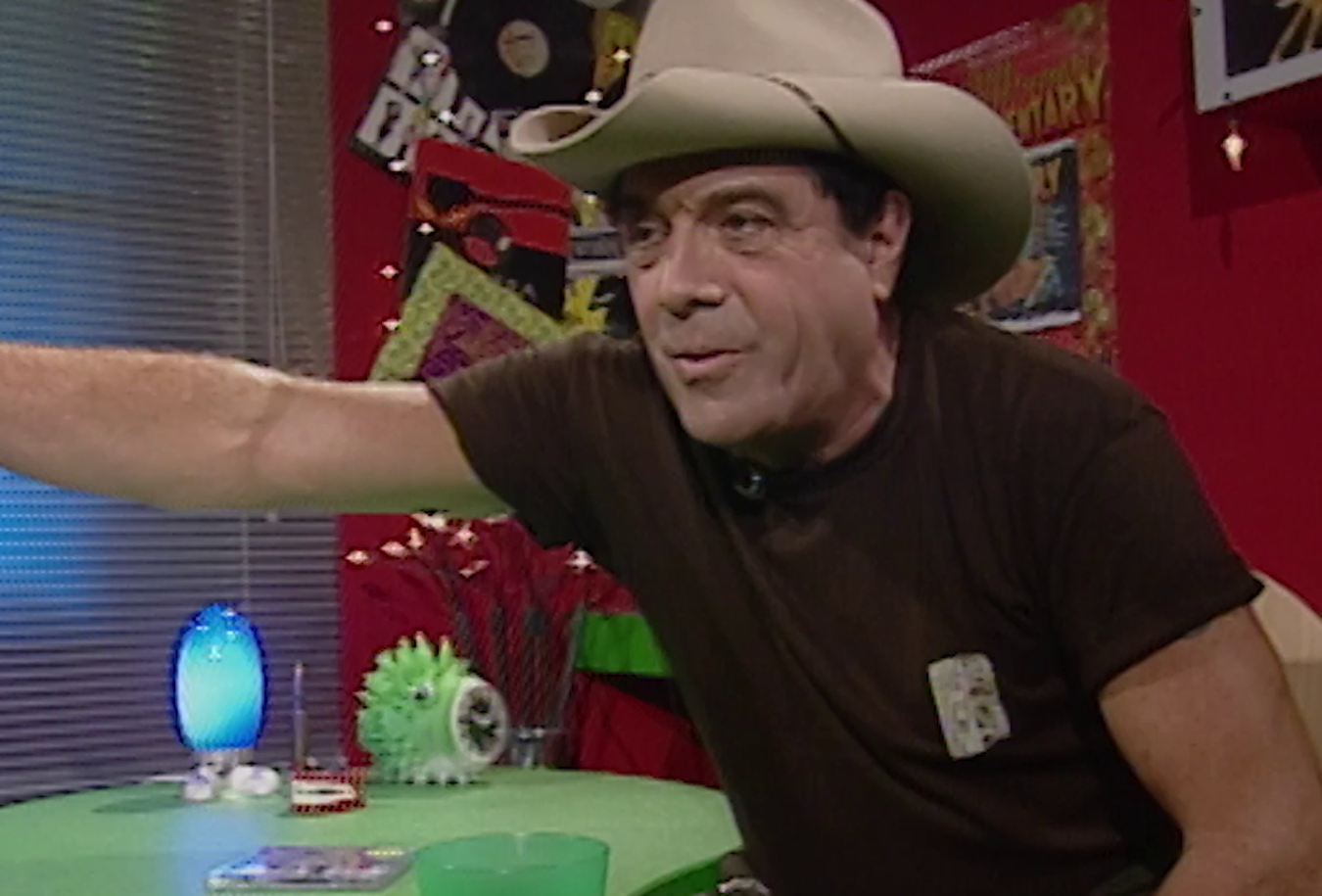
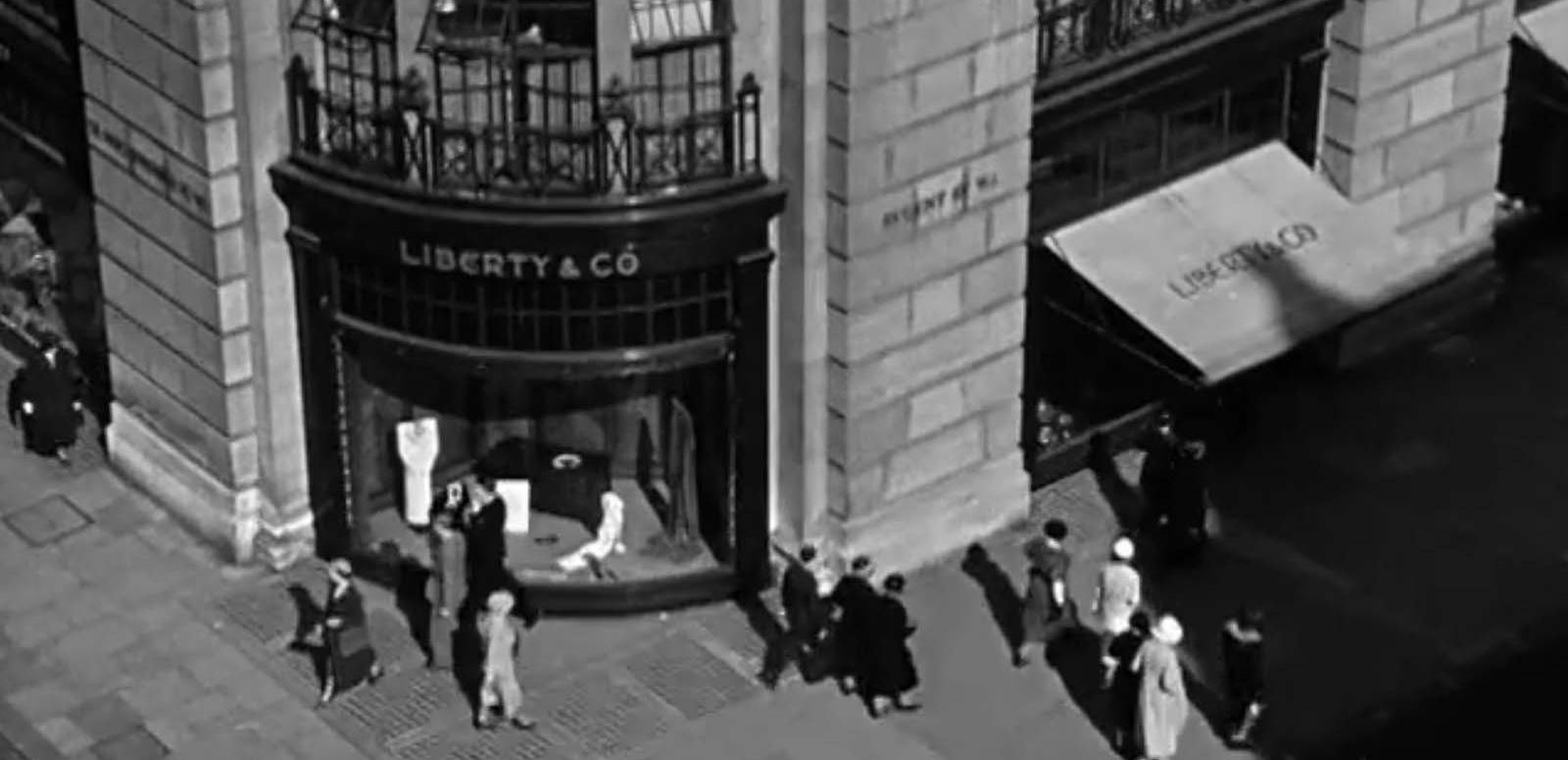
1930s London Travelogue
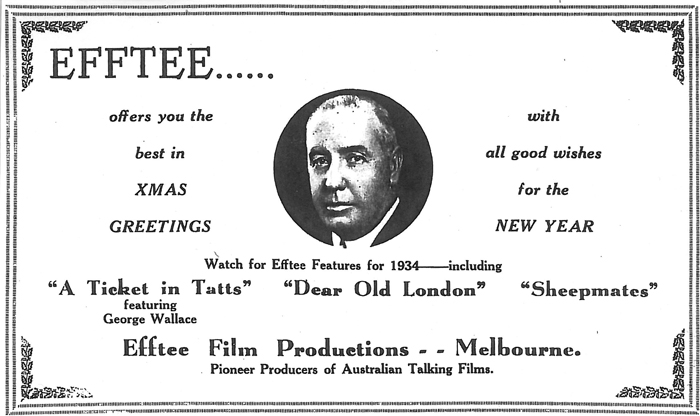
As the world turns its attention to London, host city of the 2012 Olympic Games, nearly 80 years earlier, Melbourne’s Efftee Film Productions was putting the finishing touches to an endearing travelogue of the city, Dear Old London (Claude Flemming, 1934).
Part of the National Film and Sound Archive’s ongoing preservation of the Efftee Film Productions output in the early 1930s, Dear Old London captures scenes of a city emerging from the effects of the Great Depression. Filmed predominantly as a travelogue of London’s shopping attractions, inner parklands and tourist monuments, the 34-minute featurette was directed by Claude Flemming. A veteran actor of the stage and occasional film director, Flemming had returned to Australia Efftee’s production team in late October 1933, after years abroad working in England and the USA.
Before returning to Australia, Flemming commenced pre-production work on Dear Old London in April 1933, and filming occurred in the latter half of the year. As this was the first time Efftee had filmed abroad, a London-based cameraman is likely to have worked with Flemming, since none are mentioned on the film’s credits or indeed elsewhere in the scant documented references to the film. Narration, music and effects were added back at the company’s leased studios at His (now Her) Majesty’s Theatre in Exhibition Street, Melbourne. Flemming, who had coached Hollywood silent film actors making the transition to ‘talkies’, narrated and also sang the film’s musical paean to the city over the opening titles.
Technically Dear Old London is rough in places, with some uneven editing, occasional out-of-focus camerawork and rudimentary sound effects, particularly when compared to Greater Australasian Films’ more ambitious London Speaks (Cecil Mason, 1934), the latter released to much hype in the trade journals later that year. Nevertheless, Flemming effectively portrays London as a cosmopolitan metropolis of style and influence while retaining a sense of warmth and intimacy with its residents, a tone less evident in Mason’s imperious film.
In the following sequence, London’s central shopping district of Regent Street and Oxford Circus is imaginatively captured. English stage and screen actor George Gee, the star of three British Lion comedies produced that year, is seen relaxing at a Regent Street cafe.
Dear Old London (Claude Flemming, 1934) NFSA: 10117
Dear Old London also includes occasional moments of social realism, providing a glimpse into everyday working-class life that had been largely absent from the traditional travelogue. An unkempt child plays amongst old bicycle parts, unsmiling street vendors ply their trade seemingly oblivious to the camera and in this sequence, brief footage of an anti-fascist march is intriguingly inserted into a segment within London’s thriving weekend markets.
Dear Old London (Claude Flemming, 1934) NFSA: 10117
Dear Old London premiered as the support featurette for Efftee’s latest comedy A Ticket In Tatts (FW Thring, 1934), comedian George Wallace’s third feature for the company. The film opened in the Hoyts De-Luxe Theatre in Bourke Street, Melbourne on Saturday 13 January 1934. Local reviews for the documentary were positive with The Sun noting it 'a delightful ramble’, The Herald finding it 'absorbing … revealing many unusual glimpses’ and Film Weekly remarking on its 'unusually well-written, interesting dialogue’. Most however felt the film’s length was excessive, with The Age commenting that 'a careful use of the pruning knife could be applied with advantage’, since it found the film 'unduly protracted’.
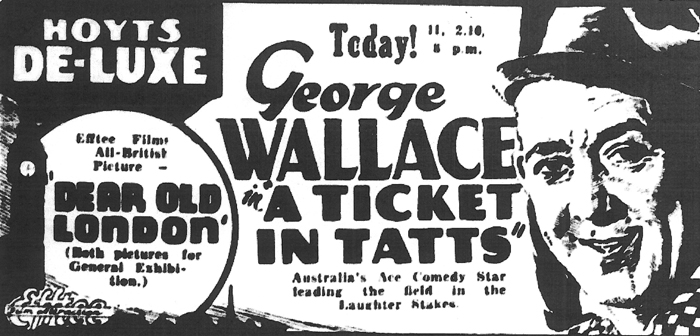
A Ticket In Tatts was a great success, and distributor Universal Pictures widely screened the two films together across Australia and New Zealand throughout much of the first half of 1934. Thanks to a British Empire film quota and Efftee’s distribution links with Universal Pictures, Dear Old London is known to have been screened in support of other films in British cinemas in 1935–36.
Efftee’s first foray into an overseas documentary subject would also be its last. In April 1934, Thring, a passionate supporter of a strong local film industry, suddenly announced suspension of all film production at his ‘Wattle Path’ St Kilda film studios, pending the introduction of government legislation for an Australian film quota. However, his long-term ambitions on this issue remained unfulfilled as the 52-year-old would succumb to cancer on 1 July 1936. Thring’s son, Frank Junior, would keep the family name alive in the showbiz world by embarking on a 35-year acting career across a range of stage and screen roles in Britain, Australia and the USA.
Dear Old London remains an important example of the Efftee Film Productions legacy, which between 1931 and 1934 consisted of an output of 12 completed features and more than 80 short films. Much of the company’s original film output thankfully survives and resides in NFSA’s vaults. Since 2008, the NFSA has been photochemically preserving many of these films, creating new film negatives, prints and video masters of these titles, to ensure their ongoing survival and accessibility.
For information on the NFSA’s role in the survival and preservation of another important film on life in London, Living London (Charles Urban, UK, 1904), please see the Senses of Cinema articles 'The Girl with the Speck of Dust in Her Eye: Living London Returns’ and 'The Living London Boom’. An excerpt of Living London can also be found on our YouTube channel.
The National Film and Sound Archive of Australia acknowledges Australia’s Aboriginal and Torres Strait Islander peoples as the Traditional Custodians of the land on which we work and live and gives respect to their Elders both past and present.
